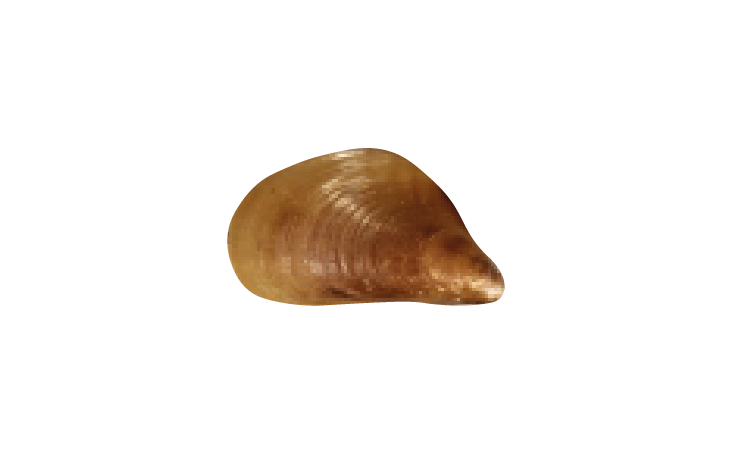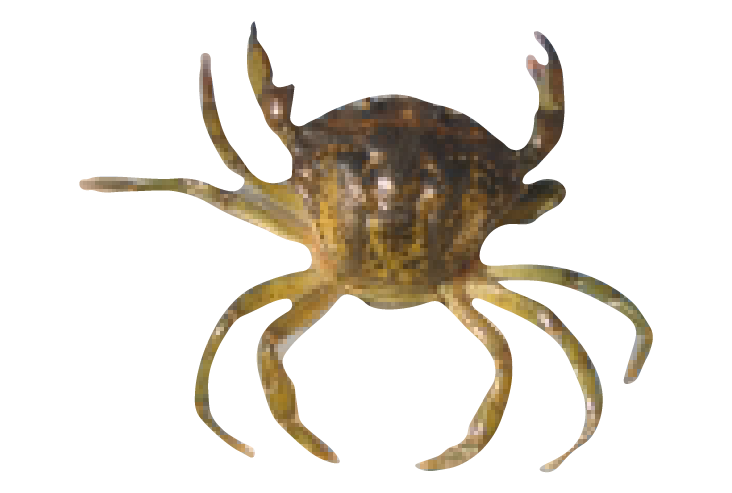Antarctic: The challenge of biofouling management is rising.
- Biomarine Services Limited
- Feb 16, 2024
- 4 min read
Biofouling is one of the biggest global environmental concerns and an issue that directly affects the maritime industry. It is a natural process whereby biofilms of various organisms form on artificial surfaces that are constantly submerged[1,2]. This phenomenon affects multiple industries economically and is responsible for significant environmental impacts[1].
When this process occurs on the surfaces of vessels, mainly large cargo ships that tend to cover greater distances, we have a pathway to introduce alien species with the potential to become invasive species once they successfully establish and proliferate in a new environment. Invasive species are recognised as serious environmental problematic, as they affect the sensitive stability of the invaded ecosystem, altering the food chain, depleting resources for endemic species, causing the displacement and even extinction of native species, and in some cases spreading parasites and diseases for which native species have no defence; this process unfortunately reduces fishery resources, and alters various social, cultural and economic values associated with the affected ecosystem. As of 2017, invasive species are estimated to cost the global economy $162.7 billion annually[3].
There are several cases of invasion caused by biofouling, however, this was a problem that was thought to affect more frequently the regions of the tropics, unfortunately, a recent look at the Antarctic shows us an even more desolate and conflictive scenario. This region that we thought was protected by its natural barrier, the low water temperature, is now a region of high fragility and risk of invasions by alien species. Climate change is increasingly undermining this natural barrier while weakening the stability of Antarctic ecosystems, all the while the maritime flow of commercial, fishing and research vessels is increasing. This situation has spurred research to try to identify the level of risk and the short, medium and long-term effects; however, action is urgent.
McCarthy, 2021 of Cambridge University, in her analysis of the Antarctic biofouling situation, explains how voyage history has been used to predict the number of biofouling communities on ships. Biofouling organisms accumulate over time and ships that travel to more places tend to be exposed to a wider range of species, i.e. greater diversity in biofouling, greater likelihood of invasion events. Temperate taxa constitute the biofouling communities found on ships transiting Antarctica, with the aggravating factor that they survive temperature changes. McCarthy. 2021 explains that with increased demand for shipping mainly from Europe through the South Atlantic, an increase in the arrival and possible establishment of alien marine species is foreseeable. The melting of ice due to climate change has favoured this increase in maritime traffic and the increase in temperature would facilitate the settlement of alien species.
Another warning is the common finding of encrusting macrofauna or macrofouling species in niche areas and inside ship's pipes, populations of mussels Mytilus spp[4]. and amphipods Jassa marmorata[5] are occasionally found in these areas of ships[3]. This context adds to the complexity as propagules of these species may be released during pumping processes. Additionally, species such as the European green crab Carcinus maenas[6], the shrimp Caprella mutica[7], and different species of Balanomorphos[8], all considered to be at high risk of invasion due to their adaptive capabilities, have been reported as part of the biofouling of ships transiting the Antarctic[3].
The challenge is rising, and the importance of underwater surveys, biofouling clean-up and antifouling measures is clear. If we do nothing about it, invasive species phenomena, climate change coupled with human pressure and pollution will lead to an ocean future of uniform ecosystems and cosmopolitan species, implying a serious decline in species richness and diversity, along with the loss of ecosystems, leaving a flat and uniform marine environment with poor life.
1. Patel, D; Solanki, J.D.; Patel, K. C. & Nataraj, M.;.2021. Chapter 13. Application of biosurfactants as antifoulinf agent. Green Sustainable Process for Chemical and Environmental Engineering and Science.
2. Biosurfactants for the Bioremediation of Polluted Environments. Pages 275-289. https://doi.org/10.1016/B978-0-12-822696-4.00004-8.
3. Ferreira-Vancato, Y.C.S.; Dantas, F., L.; Fleury. B. G. 2020. Chapter 13. Nanobiocides Against Marine Biofouling. Studies in Natural Products Chemistry. Volume 67. Pages 463—514. https://doi.org/10.1016/B978-0-12-819483-6.00013-8.
McCarthy, A. H. 2021. Assessing the vulnerability of Antarctic marine ecosystems to invasive non-native species. St John’s College University of Cambridge, UK. 158p.
4. MolluscaBase eds. (2022). MolluscaBase. Mytilus galloprovincialis Lamarck, 1819. Accessed through: World Register of Marine Species at: https://www.marinespecies.org/aphia.php?p=taxdetails&id=140481 on 2022-04-19.
5. Riera, R.; Ramos, E.; Herrera, R. & Moro, L. 2014. Jassa marmorata (HOLMES, 1905) AND Monocorophium acherusicum (COSTA, 1853) NEW AMPHIPODS (CRUSTACEA: AMPHIPODA) TO THE CANARY ISLANDS.Rev. Acad. Canar. Cienc., Vol. XXVI, 27-31.
6. WoRMS (2022). Carcinus maenas (Linnaeus, 1758). Accessed at: https://www.marinespecies.org/aphia.php?p=taxdetails&id=107381 on 2022-04-18 .
7. Frey, M.; Gartner, H.;Murray, C. C. & Therriault, T. W. 2009. First confirmed records of the non-native amphipod Caprella mutica (Schurin 1935) along the coast of British Columbia, Canada, and the potential for secondary …Aquatic Invasions (2009) Volume 4, Issue 3: 495-499. DOI 10.3391/ai.2009.4.3.10.
8. World Register of Marine Species. 2022. WoRMS (2022). Amphibalanus amphitrite (Darwin, 1854). Accessed at: https://www.marinespecies.org/aphia.php?p=taxdetails&id=421137 on 2022-04-17.
Biomarine Services Limited carry out underwater inspections using ROV in Europe, USA, Canada, Brazil, Mexico, Singapore, Middle East and other locations worldwide:
Hull and niches areas inspection(fouling rating).
Impartial inspection from cleaning companies.
Assessment of MGPS and AFC (coating condition).
Assist with Biofouling risk assessment and Biofouling management plan if required.
Pre Dry dock underwater inspection assessment.














Comments